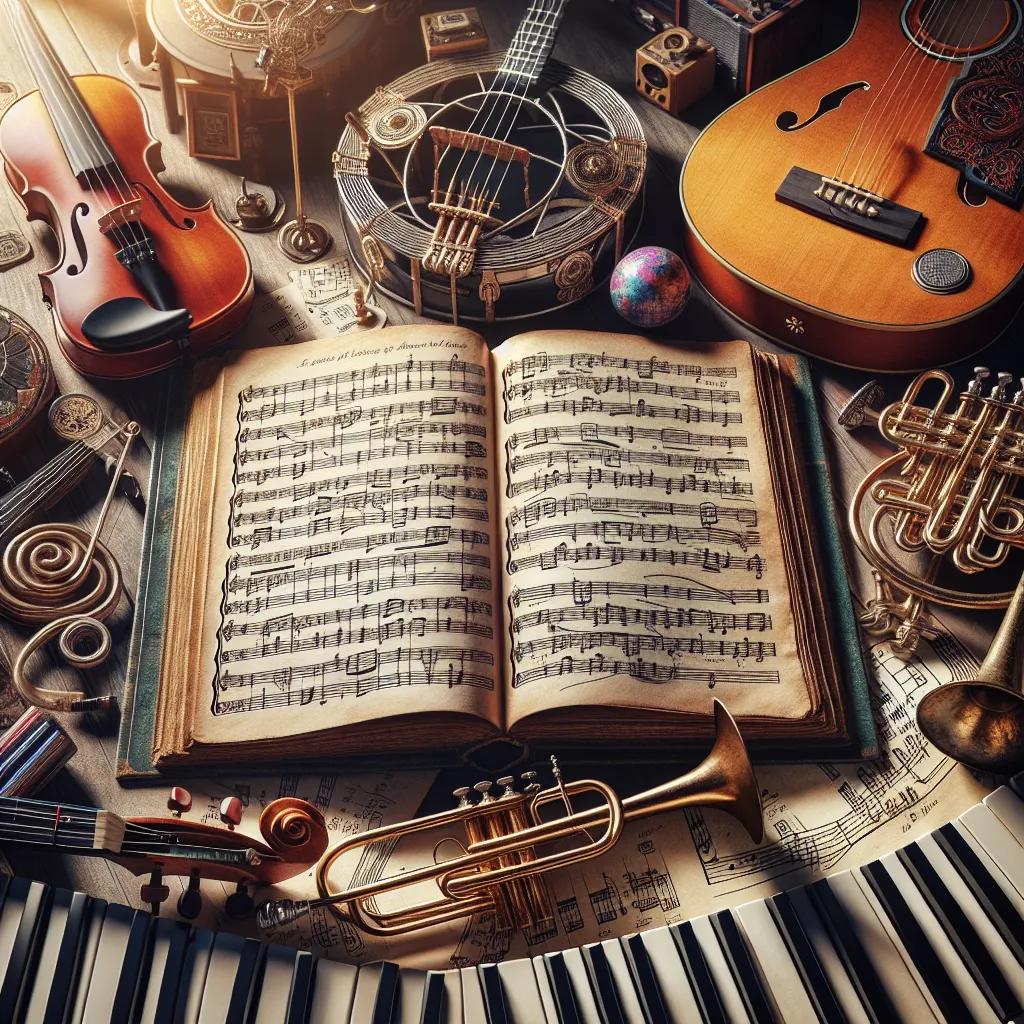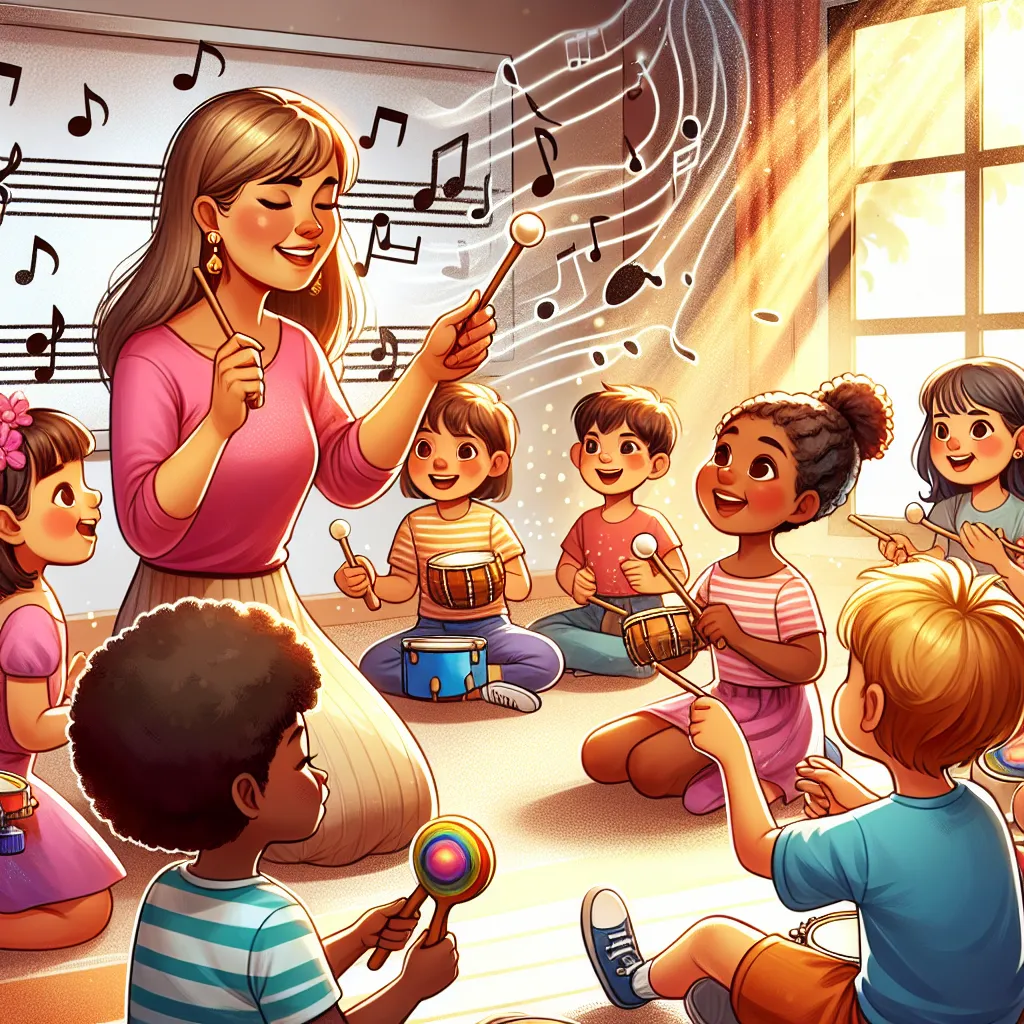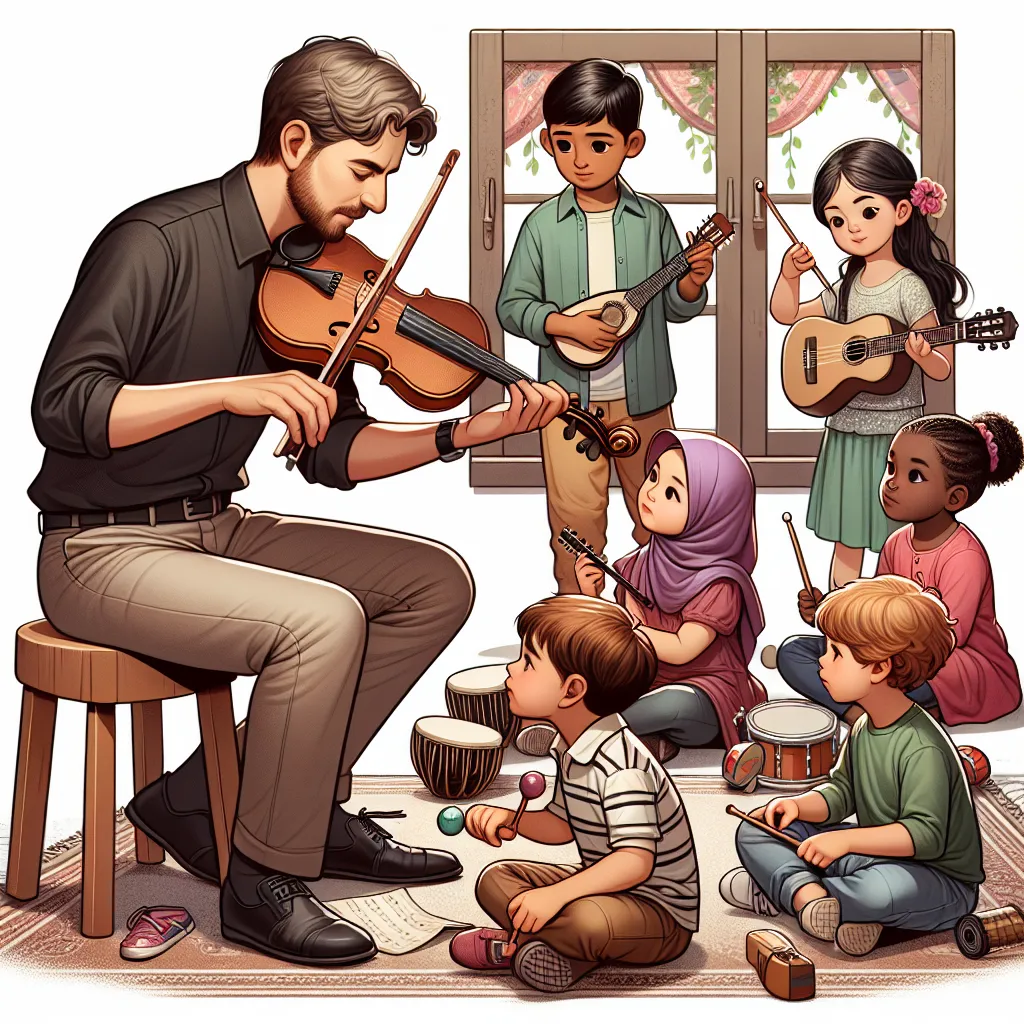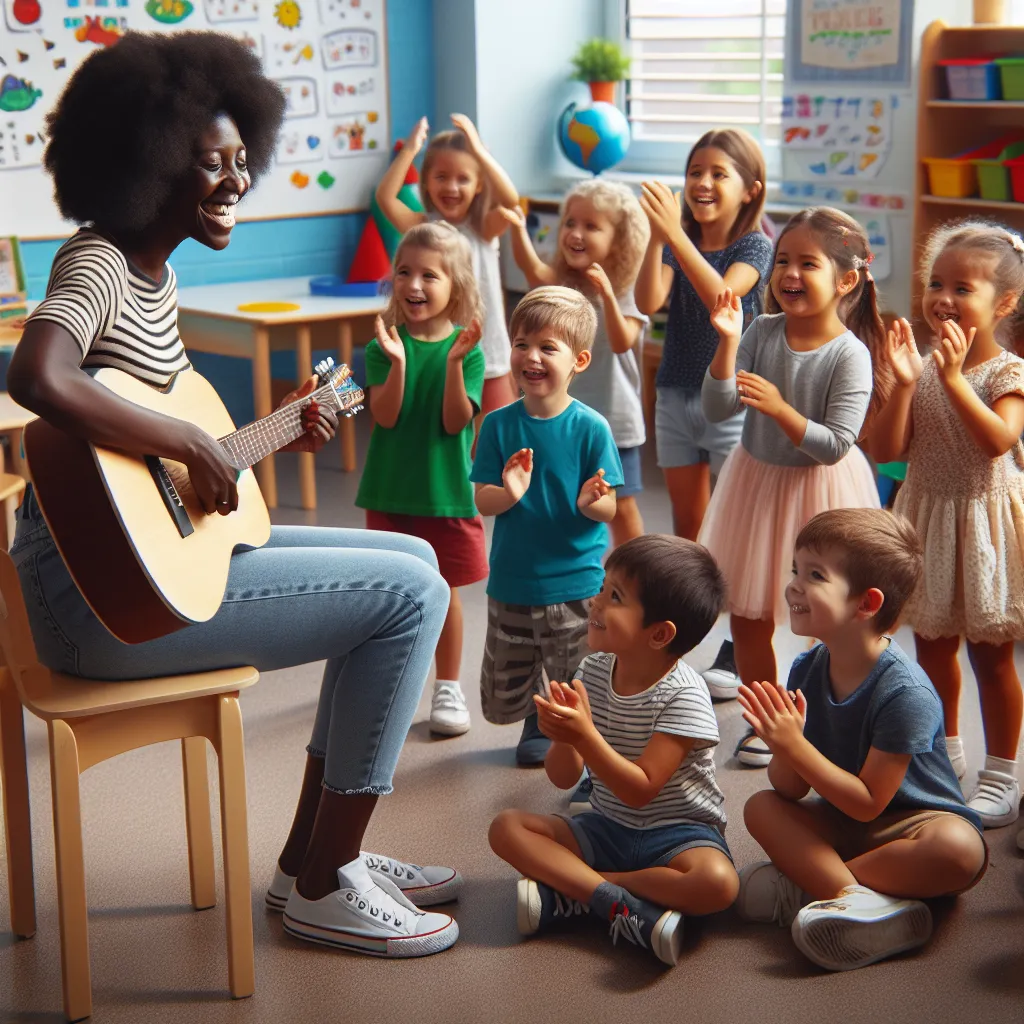Ask AI on The Internet
Question: QUESTION 4 [20] 4.1 Use the lesson structure below to design a lesson that shows integration between music and movement. You must redraw the table. (20) LESSON STRUCTURE LESSON OUTCOME: Introduction Main Content Conclusion Resources (Include equipment required for class and/or for teacher preparation) Assessment QUESTION 5 [20] 5.1 Compose a sing and dance song for Grade R learners. Briefly describe the song and write down the instructions you would give learners before they sing and dance to the song. (8) 5.2 Develop a rubric that you can use to assess a drama lesson. (6) 5.3 Read the following statement and answer the question that follows. Music and dance are perfect ways to create a bond and share thoughts and emotions. In view of the statement, briefly discuss how music and dance can support the emotional development of young children. (6)
Certainly! Let's tackle each of the questions step by step. ### QUESTION 4 [20] #### 4.1 Use the lesson structure below to design a lesson that shows integration between music and movement. **LESSON STRUCTURE** **LESSON OUTCOME:** Students will be able to coordinate their movements to music, recognizing rhythm and beats, and express themselves creatively through dance. **Introduction:** Begin with a short discussion on how music makes us feel and how we can express those feelings through movement. Ask the students to think about times they've danced to music and share their experiences briefly. **Main Content:** 1. **Warm-Up Exercise (5 Minutes):** - Play a lively song and have the students follow basic warm-up movements like stretching, jumping jacks, and shaking their limbs. 2. **Activity 1 (10 Minutes):** - Introduce a simple song with a strong, clear beat. - Teach the students some basic dance steps to go along with the song. Focus on simple sequences like clapping, stomping, and swaying. - Practice these steps as a group several times. 3. **Activity 2 (15 Minutes):** - Divide the students into small groups. - Give each group a different song to work with (these can be different sections of the same song or different songs with similar rhythms). - Ask each group to come up with their own dance routine to the music they’ve been given. - Circulate among the groups to provide guidance and support. 4. **Performance (10 Minutes):** - Have each group perform their dance routine for the class. - Encourage students to appreciate each other's creativity and express how the music and movements made them feel. **Conclusion:** Gather the students and have a reflective session where they can discuss what they enjoyed most about the lesson, what challenges they faced, and how music and movement can be connected. **Resources:** - Equipment: Stereo player, various songs on a playlist, optional: scarves or ribbons for dance. - Teacher Prep: Prepare the playlist and be ready with simple dance steps. **Assessment:** - Observe and note students' ability to follow the rhythm and beats. - Evaluate their creativity and teamwork during the group activity. - Use a simple checklist to see if students can follow the dance steps taught. ### QUESTION 5 [20] #### 5.1 Compose a sing-and-dance song for Grade R learners. **Song Title:** "The Animal Dance" **Lyrics:** (Verse) Hop like a bunny, Hop, hop, hop! Stomp like an elephant, Stomp, stomp, stomp! Flap like a bird, Flap, flap, flap! Dance like a monkey, Dance and clap! (Chorus) Move to the left, Move to the right, Spin around, Do it twice! Jump up high, Touch the sky, Sing and dance, Let's all try! **Instructions for Learners:** 1. Let's start by standing in a circle. 2. When I say "Hop like a bunny," you hop in place. 3. When I say "Stomp like an elephant," you stomp your feet. 4. "Flap like a bird" means you flap your arms. 5. "Dance like a monkey" means you can move however you like and clap your hands. 6. Follow my lead during the chorus, listen to the instructions, and have fun! #### 5.2 Develop a rubric that you can use to assess a drama lesson. | Criteria | Excellent (4) | Good (3) | Satisfactory (2) | Needs Improvement (1) | |---------------------|----------------------|----------------------|-----------------------|-----------------------| | **Expression** | Expresses emotions effectively and clearly. | Expresses emotions clearly most of the time. | Shows some emotion but not very effectively. | Struggles to express emotions. | | **Creativity** | Highly creative, unique interpretation. | Good creativity, some unique elements. | Shows some creativity, mostly standard. | Lacks creativity, very standard. | | **Participation** | Fully engaged throughout the lesson. | Mostly engaged, minor lapses. | Some participation, frequent disengagement. | Rarely participates, disengaged. | | **Teamwork** | Works exceptionally well with peers. | Works well with peers, minor issues. | Some difficulties working with peers. | Struggles to work in a team. | | **Preparedness** | Well-prepared, knows lines/cues. | Mostly prepared, minor lapses. | Somewhat prepared, but with noticeable gaps. | Not prepared, lacks knowledge of lines/cues. | #### 5.3 Discuss how music and dance can support the emotional development of young children. Music and dance play crucial roles in supporting the emotional development of young children. They offer a unique platform for self-expression, allowing children to communicate their feelings in ways that words might not capture. The rhythmic and repetitive nature of music and dance allows children to explore and release emotions such as joy, excitement, and even sadness or frustration in a safe environment. Emotional self-regulation is another significant benefit. Through structured music and dance activities, children learn to control their movements and behaviors, which translates to better emotional regulation. For example, calming music and gentle dance can help soothe an anxious child. Moreover, participating in group music and dance fosters a sense of belonging and community. It teaches children about cooperation, turn-taking, and empathy as they work together to create a harmonious outcome. By understanding and sharing in the emotions of others during these activities, they develop stronger social bonds and empathy. Through consistent engagement with music and dance, children also build confidence and self-esteem. Successfully learning new songs and dance routines provides a sense of achievement, encouraging a positive self-image and a can-do attitude. This empowerment is a cornerstone of emotional development, setting a foundation for resilience and emotional well-being. By integrating music and dance into early childhood education, educators can significantly enhance children's emotional literacy, making them more adept at navigating their own feelings and the emotional landscapes they encounter in daily life.
Think your answer is better than the AI's? Post it below.
Other Most Relevant Posts:
Question Tags
If you want your question answered by an AI, click here.







Post your own comment: